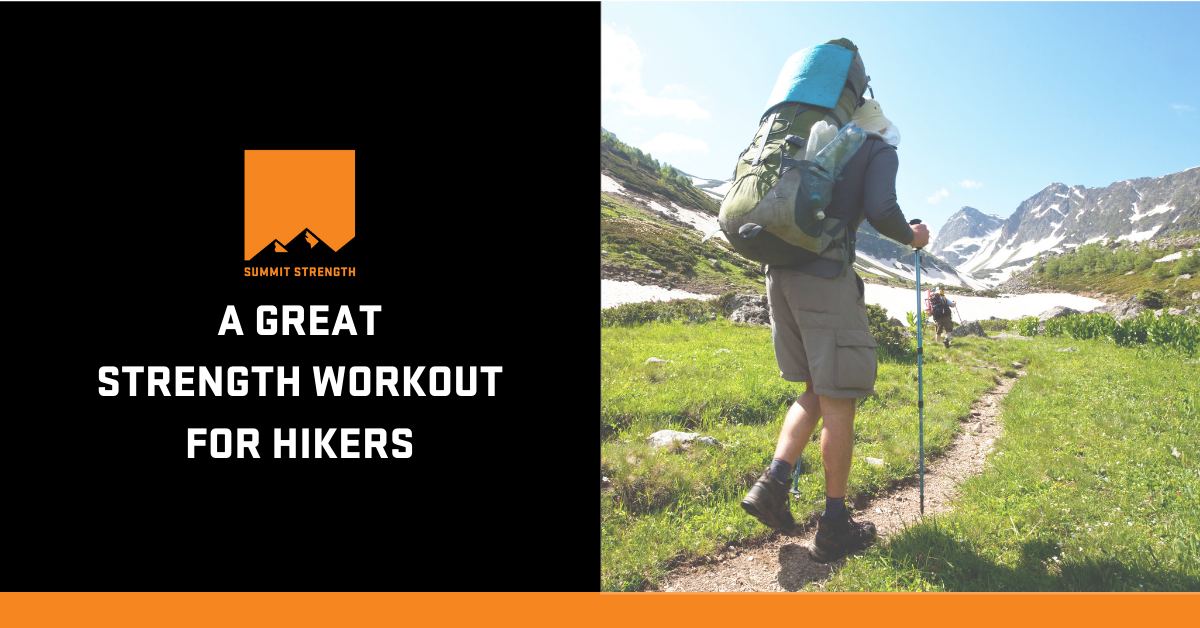|
In this article and video, I explore an incredibly effective strength workout, which a hiker can use to increase performance and comfort on the trail, and reduce their likelihood of pain or discomfort.
|
AuthorRowan is a personal trainer who specialises in training for hiking, trekkers and mountaineers for their bucket list adventures. Archives
July 2024
Categories
All
|
AboutSummit Strength is a personal training for hiking service created specifically to help hikers have the best chance of a safe, enjoyable and successful adventure.
|
Company |
Services |
|
|
© COPYRIGHT 2018. ALL RIGHTS RESERVED.
|
Website Design by My Personal Trainer Website
|





 RSS Feed
RSS Feed
